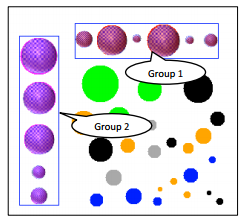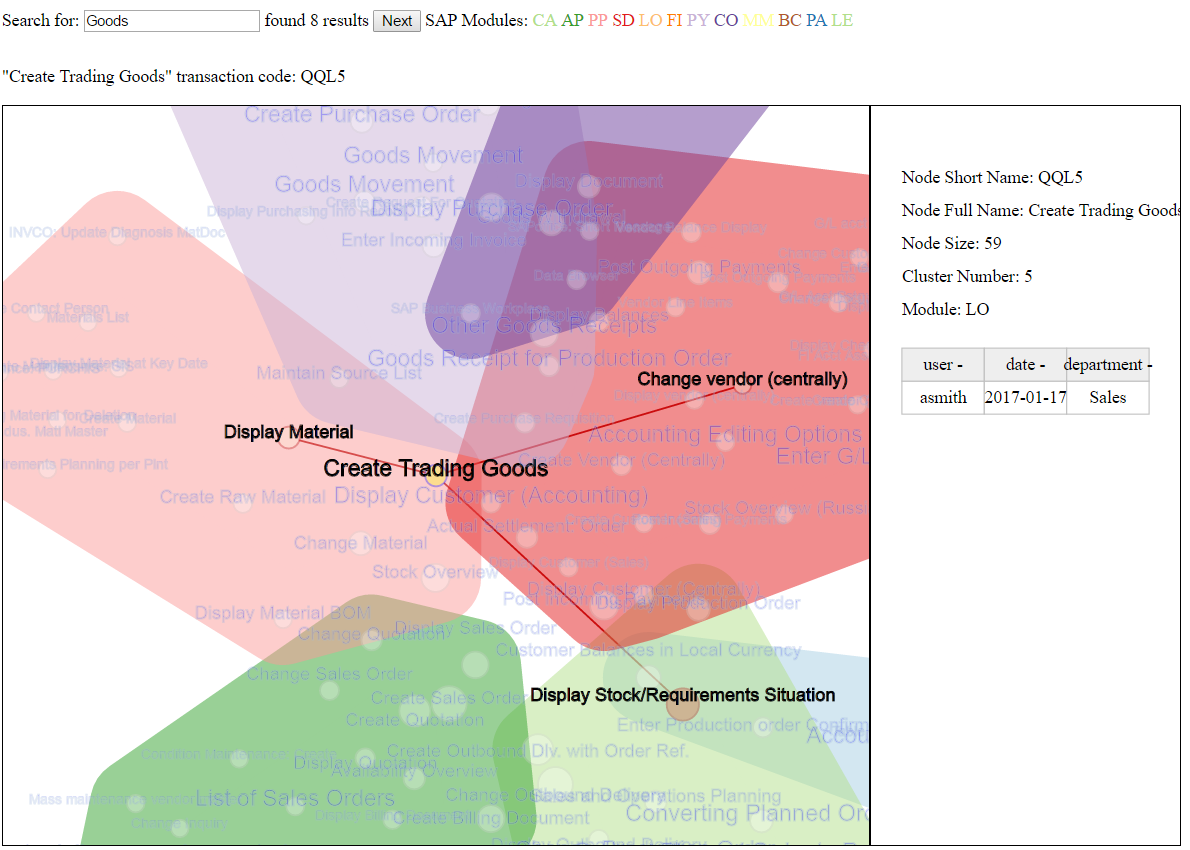Supporting life-history research

Two novel interfaces for in-field and self-report data collection and analysis of life histories. LifeHistory interface enables direct input of multifaceted longitudinal data via a timeline grid annotated with pictorial representations of landmark events. TrajectoryView is an interactive visualization of life history data for a side-by-side comparison of parameters of an individual’s life history. The two interfaces are intended as an alternative to paper-based tools and methods currently used by qualitative researchers. Beyond a mere automation of data collection and presentation, the interfaces offer enhancements supporting recall of events and visual analysis of data. We expect that the use of LifeHistory and TrajectoryView will simplify data collection and analysis processes, leading to greater accuracy of data and better opportunities for insights.
Babaian T., Boeri M., Ligure G. (2019) Supporting Life History Research with Interactive Visualizations. In: Kurosu M. (eds) Human-Computer Interaction. Perspectives on Design. HCII 2019. Lecture Notes in Computer Science, vol 11566. Springer, Cham [abstract]
Babaian T. (2021) A Speech-Based Data Collection Interface for Contact Tracing. In: HCI International 2021 - Late Breaking Posters. HCII 2021. Communications in Computer and Information Science, vol 1499. Springer, Cham. [abstract]




